Ocean Floor Diagram Worksheet
Are you searching for a comprehensive ocean floor diagram worksheet that covers all the essential aspects for your students or children? Look no further! In this blog post, we will introduce a high-quality worksheet that will deepen their understanding of the ocean floor and its various features. Whether you are a teacher looking for educational materials or a parent seeking engaging activities for your child, this worksheet is designed to captivate young minds and expand their knowledge about the fascinating world beneath the waves.
Table of Images 👆
More Other Worksheets
Kindergarten Worksheet My RoomSpanish Verb Worksheets
Cooking Vocabulary Worksheet
DNA Code Worksheet
Meiosis Worksheet Answer Key
Art Handouts and Worksheets
7 Elements of Art Worksheets
All Amendment Worksheet
Symmetry Art Worksheets
Daily Meal Planning Worksheet
What does the ocean floor diagram represent?
The ocean floor diagram represents a visual depiction of the topography and geological features found beneath the surface of the ocean. It typically includes information about the various underwater landforms like ridges, trenches, seamounts, and abyssal plains, as well as the distribution of marine life and ecosystems. Scientists use these diagrams to study and understand the complex dynamics of the ocean floor and its impact on ocean processes and marine habitats.
What are the main features shown on the ocean floor diagram?
The main features shown on an ocean floor diagram typically include mid-ocean ridges, ocean trenches, seamounts, abyssal plains, continental shelves, and ocean currents. These features provide insight into the topography, geology, and dynamics of the ocean floor and the vast underwater world.
What does the term "continental shelf" refer to?
The term "continental shelf" refers to the shallow, submerged portion of a continent that extends from the shoreline to the continental slope. It is an underwater landmass that typically slopes gradually away from the land and is part of the continental crust.
How is the continental shelf different from the continental slope?
The continental shelf is the gently sloping and relatively shallow underwater extension of a continent, while the continental slope is the steeper downward slope that connects the continental shelf to the deep ocean floor. The continental shelf is the submerged part of the continent that extends from the shoreline to an average depth of about 200 meters, whereas the continental slope marks the boundary between the continental crust and the oceanic crust, plunging to deeper depths beyond the shelf.
What is a mid-ocean ridge and how is it formed?
A mid-ocean ridge is a long underwater mountain chain that forms when tectonic plates diverge or move away from each other. As the plates separate, magma rises from the mantle to fill the gap, creating new oceanic crust. Over time, this process results in the formation of a continuous ridge with a central valley where the new crust is being created. Mid-ocean ridges are key features of plate tectonics and play a crucial role in the Earth's geology and the formation of the ocean floor.
What is a trench and how does it form?
A trench is a long, narrow ditch or depression in the ground that is typically deeper than it is wide. Trenches form through processes like erosion from flowing water, glacial activity, or tectonic plate movement. They can also be dug manually for purposes like drainage, defense, or construction. Natural trenches are often found along fault lines, riverbanks, or in areas with soft or erodible rock types.
What is a seamount and how does it differ from a volcanic island?
A seamount is a submerged mountain rising from the ocean floor that does not reach the water's surface. It is formed by volcanic activity but remains beneath the water. In contrast, a volcanic island is a landmass that emerges above sea level due to volcanic eruptions, forming an island. Essentially, the main difference between a seamount and a volcanic island is that a seamount is underwater while a volcanic island is above water.
What are abyssal plains and how are they formed?
Abyssal plains are vast, flat areas of the ocean floor located at depths of 3,000 to 6,000 meters. They are formed through a combination of processes, including the accumulation of fine-grained sediments washed down from continents by rivers and carried by ocean currents, as well as the deposition of volcanic ash and debris from underwater volcanic eruptions. Over time, these sediments build up on the ocean floor, creating the flat, featureless expanses known as abyssal plains.
What is the significance of hydrothermal vents in the ocean floor?
Hydrothermal vents on the ocean floor are significant because they support unique ecosystems that are not reliant on sunlight for energy, known as chemosynthetic ecosystems. These vents release mineral-rich, superheated water into the ocean, creating habitats for specialized organisms like tube worms, giant clams, and unusual bacteria that can thrive in extreme conditions. They also play a crucial role in Earth's geology by contributing to the movement of heat and chemicals between the Earth's interior and the ocean, impacting ocean chemistry and nutrient cycles.
How are marine ecosystems influenced by the features of the ocean floor?
Marine ecosystems are heavily influenced by the features of the ocean floor, such as underwater mountains, trenches, ridges, and plains, as they create diverse habitats for a wide range of species. These features can affect the circulation of water, nutrient availability, and light penetration, which in turn impact the distribution and abundance of marine organisms. Additionally, different types of ocean floor topography can also influence predator-prey relationships, species interactions, and overall biodiversity in marine ecosystems.
Have something to share?
Who is Worksheeto?
At Worksheeto, we are committed to delivering an extensive and varied portfolio of superior quality worksheets, designed to address the educational demands of students, educators, and parents.

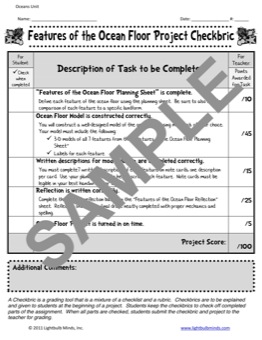



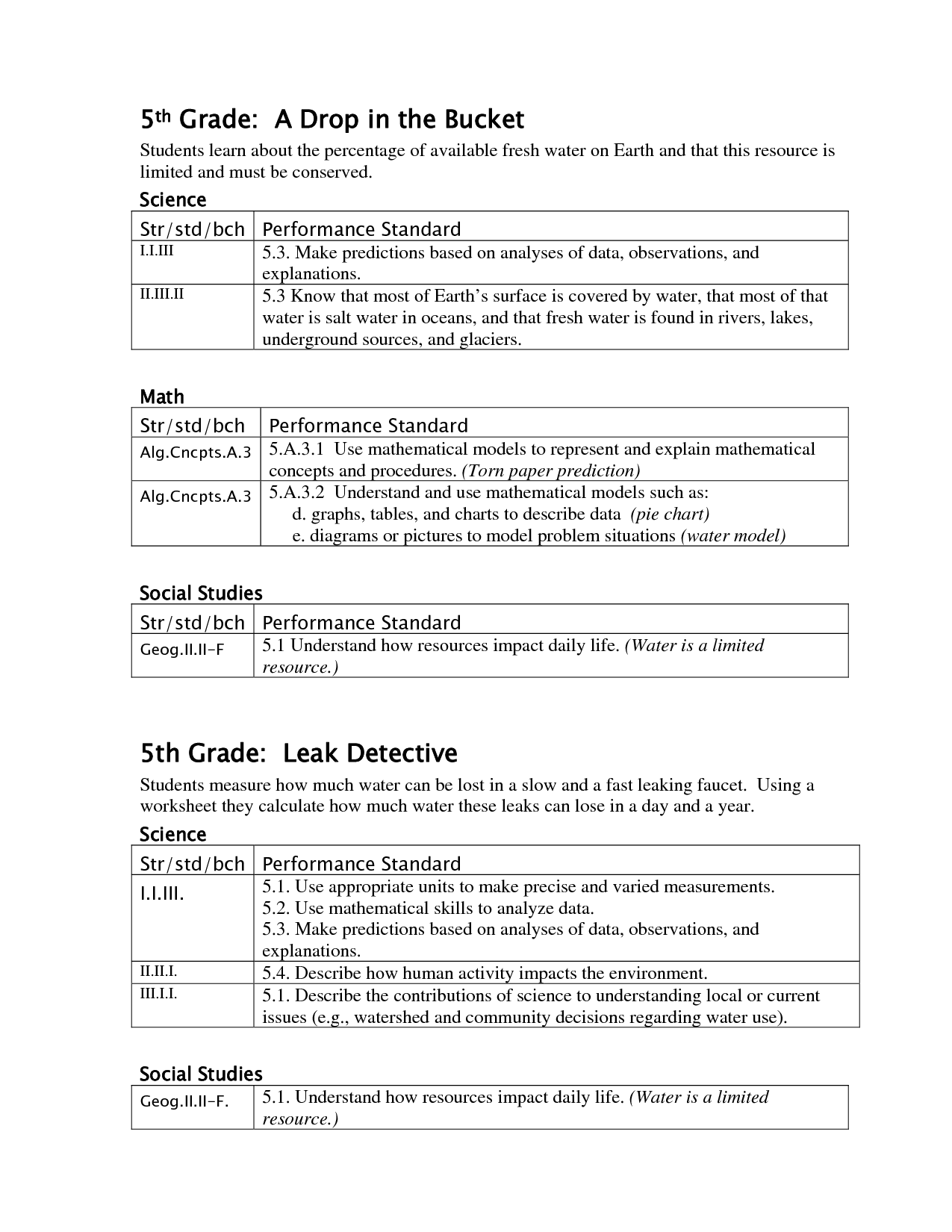
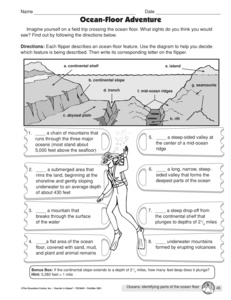

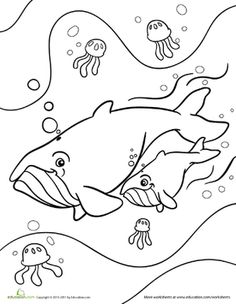
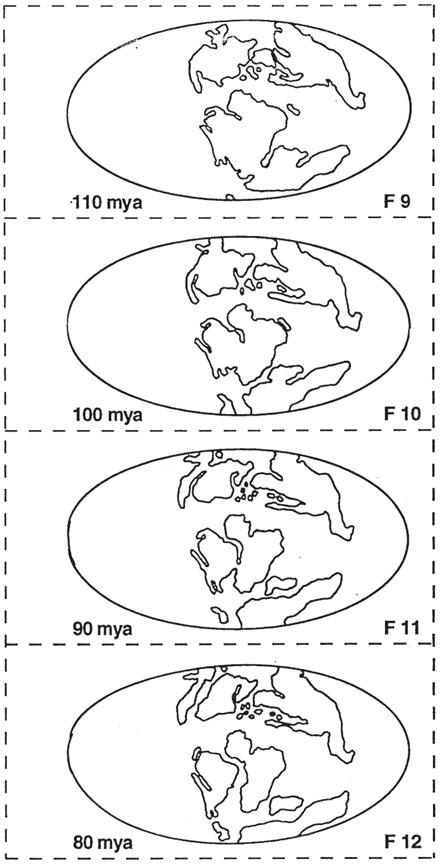
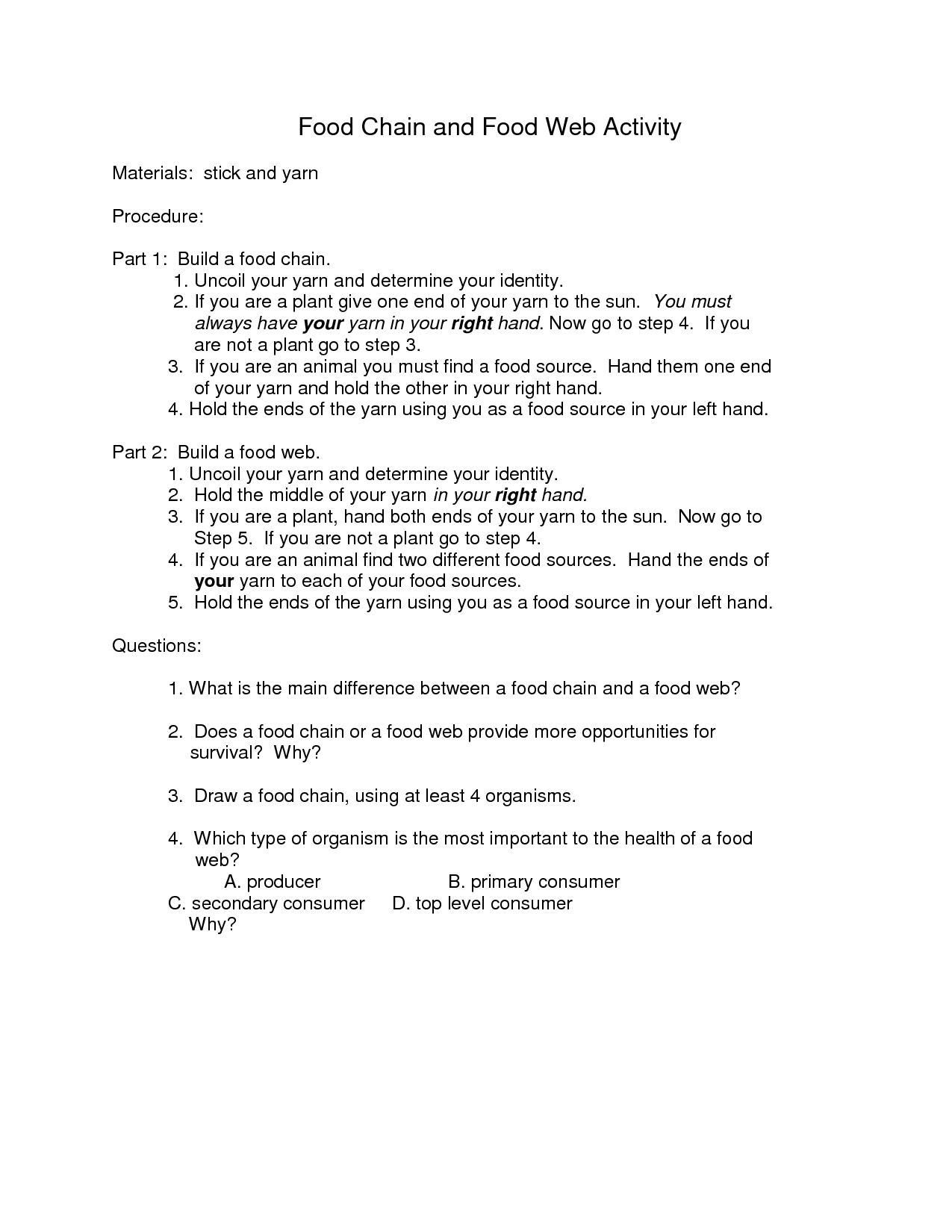
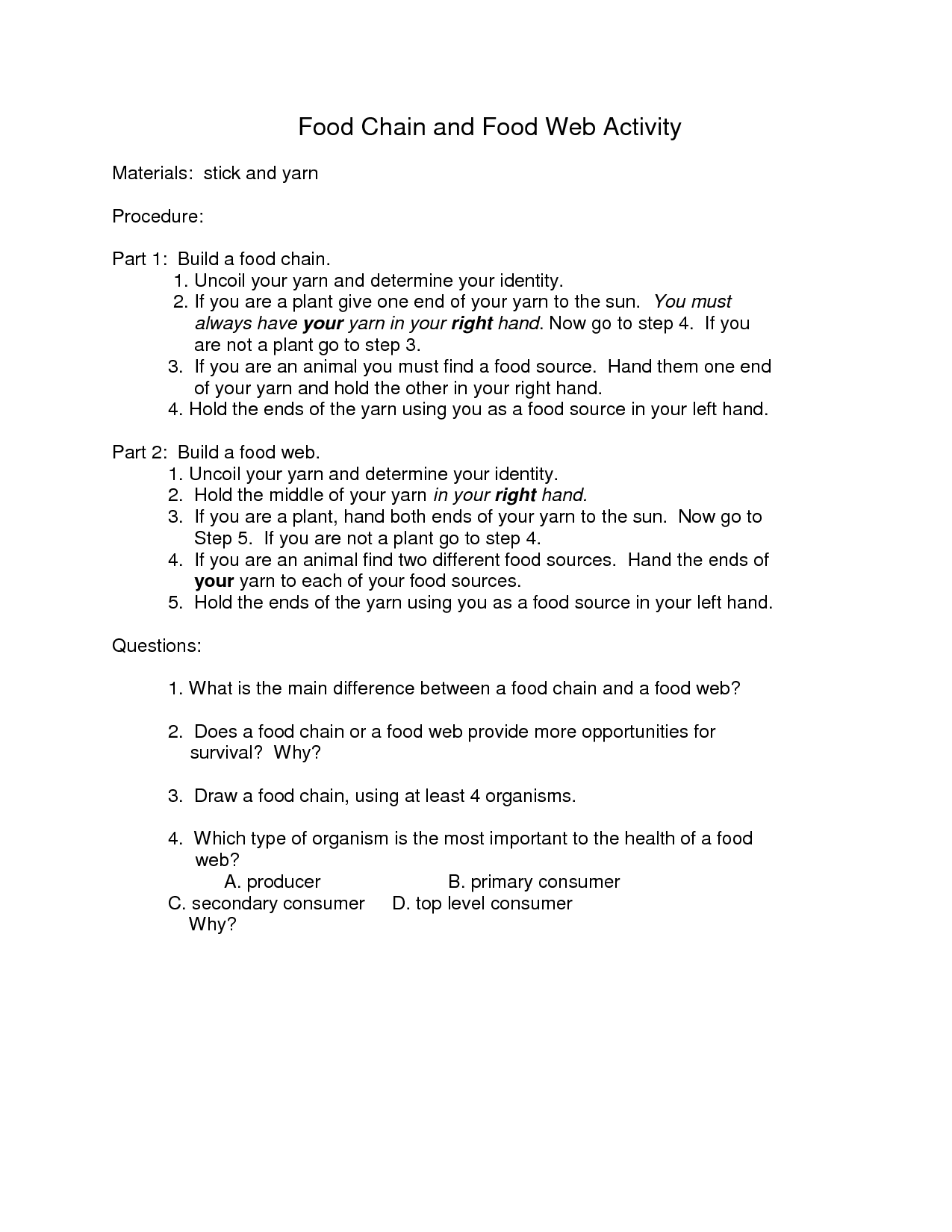
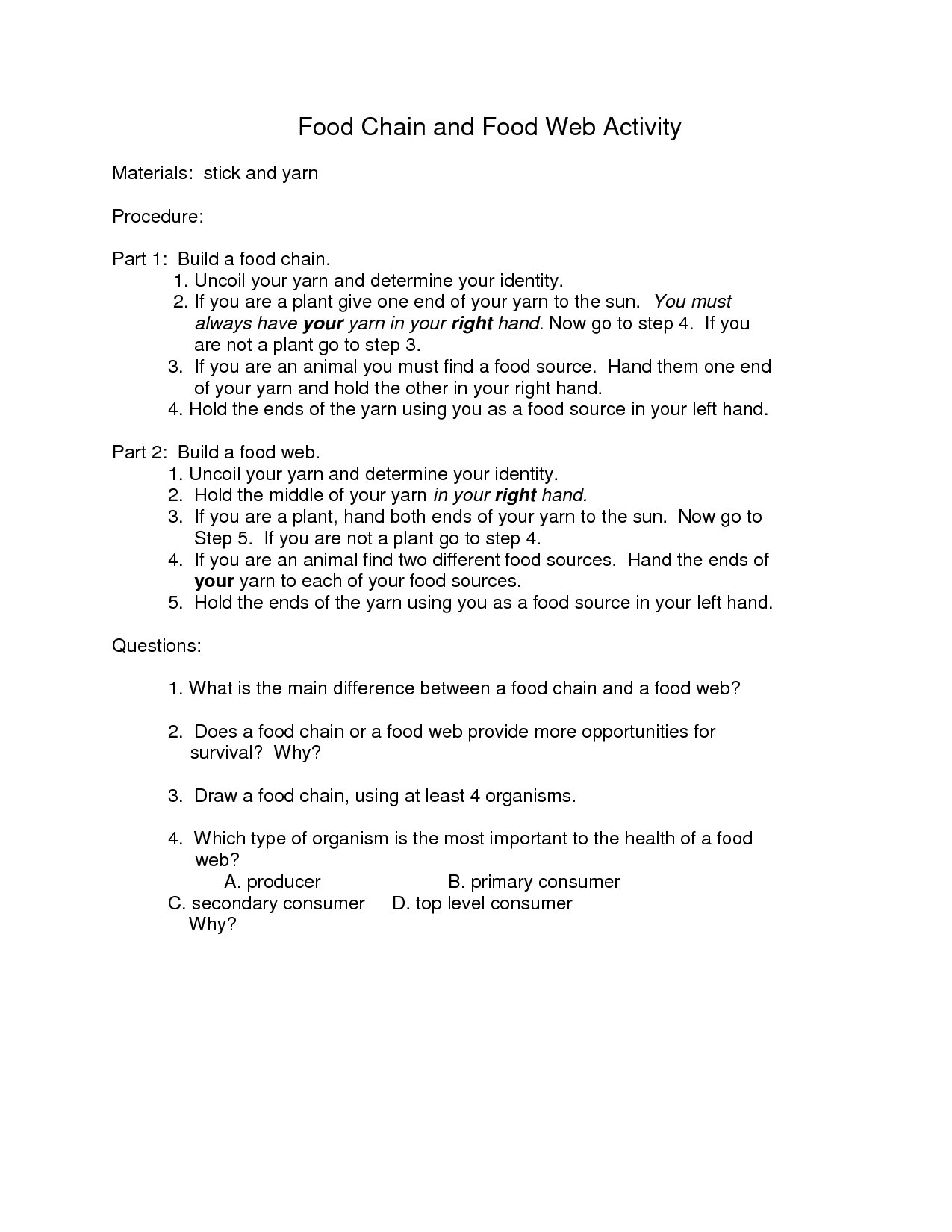
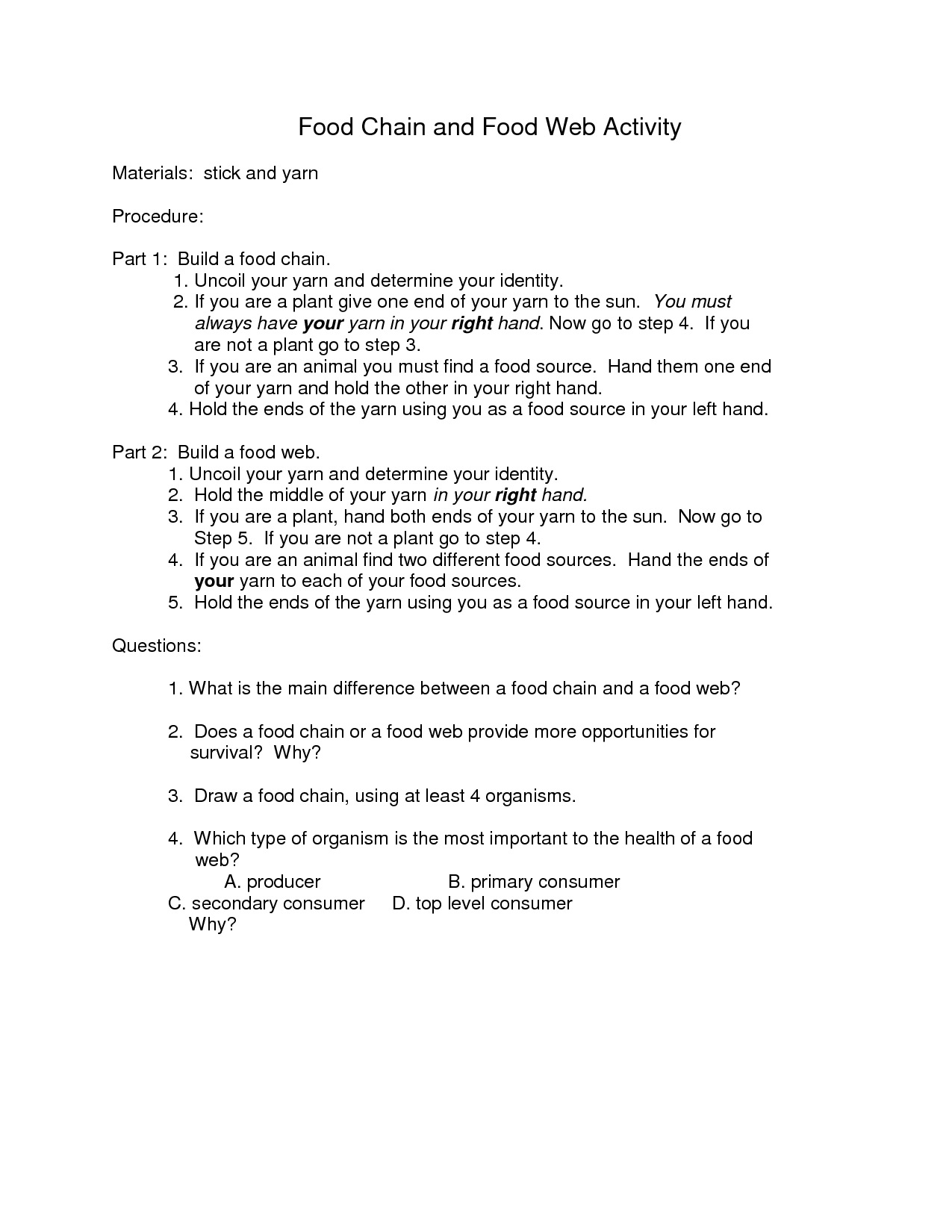
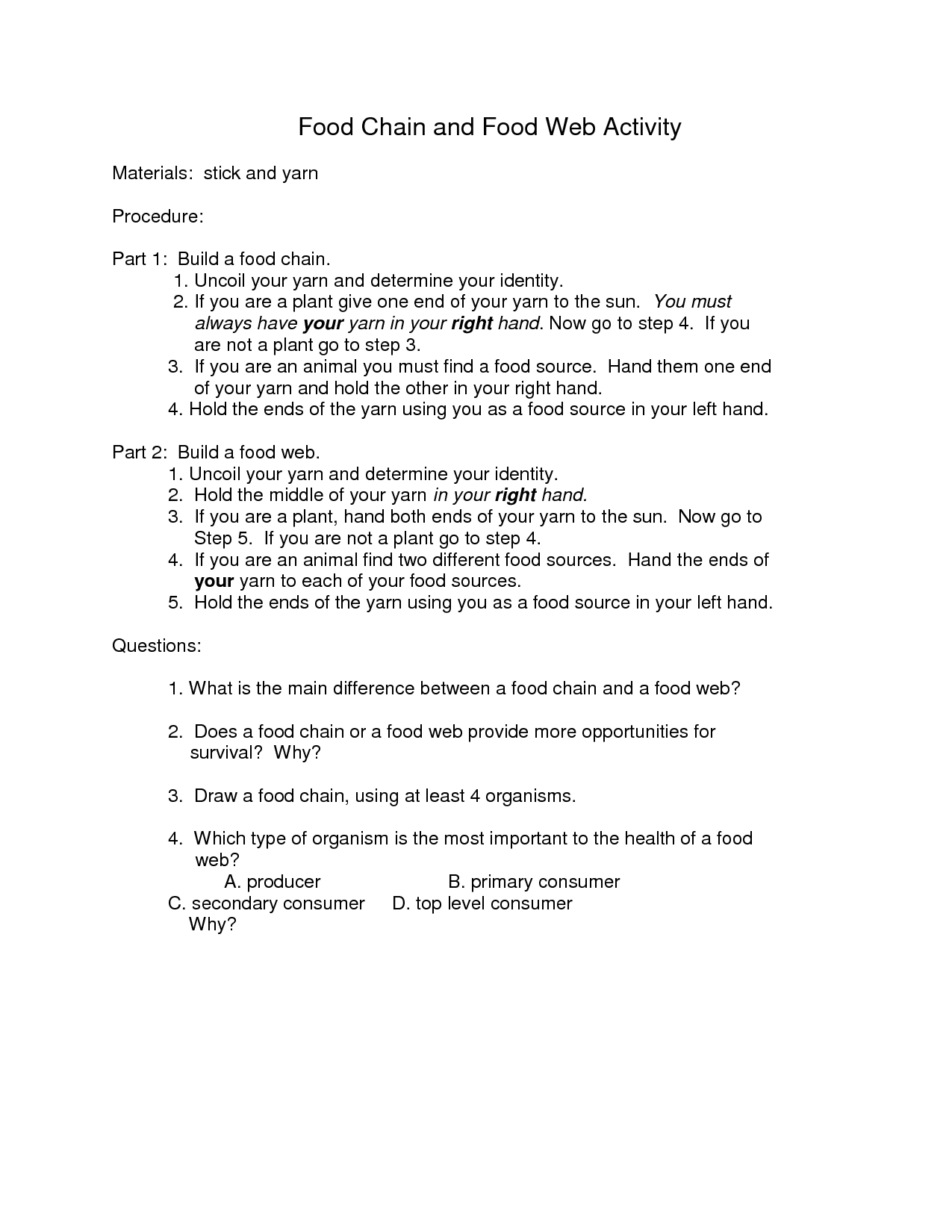
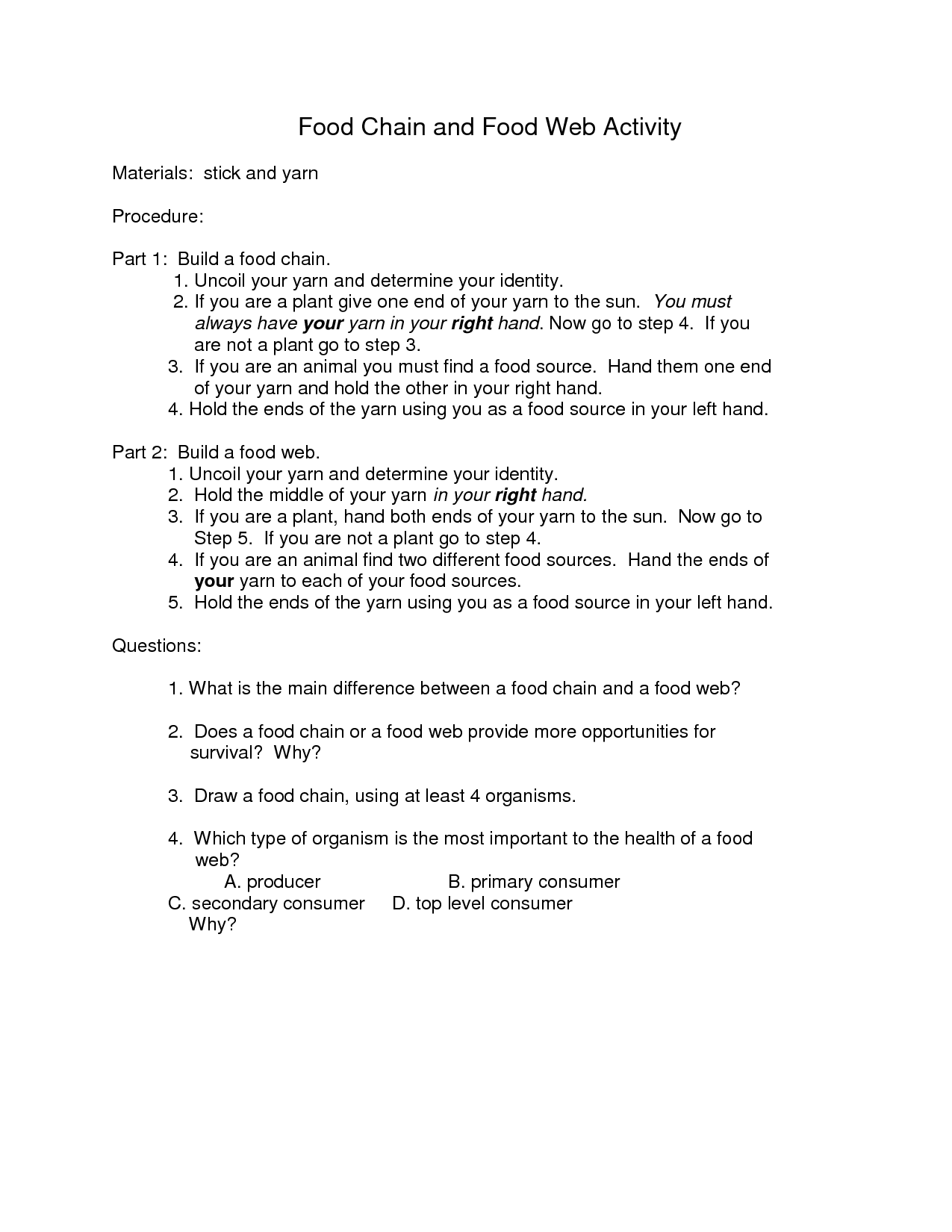
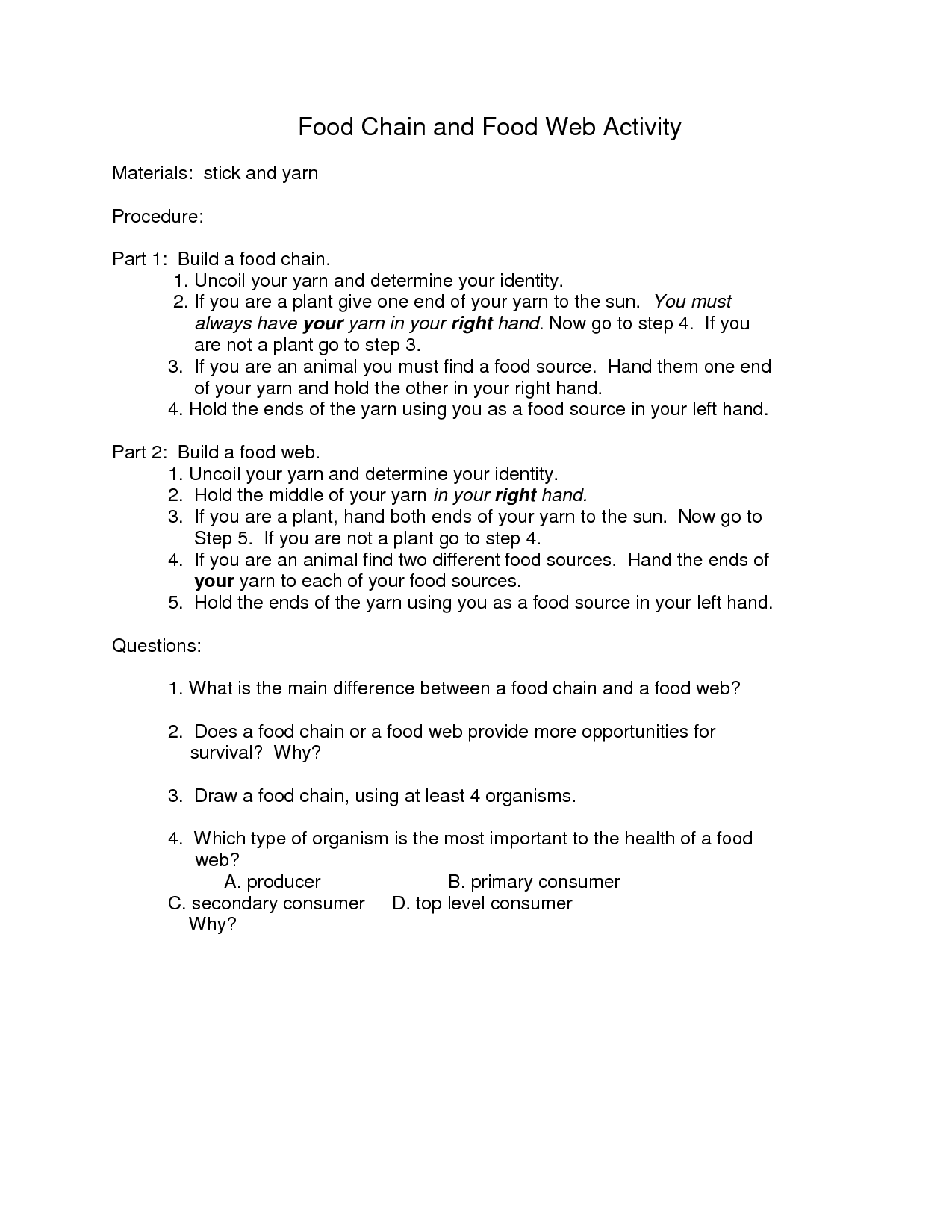

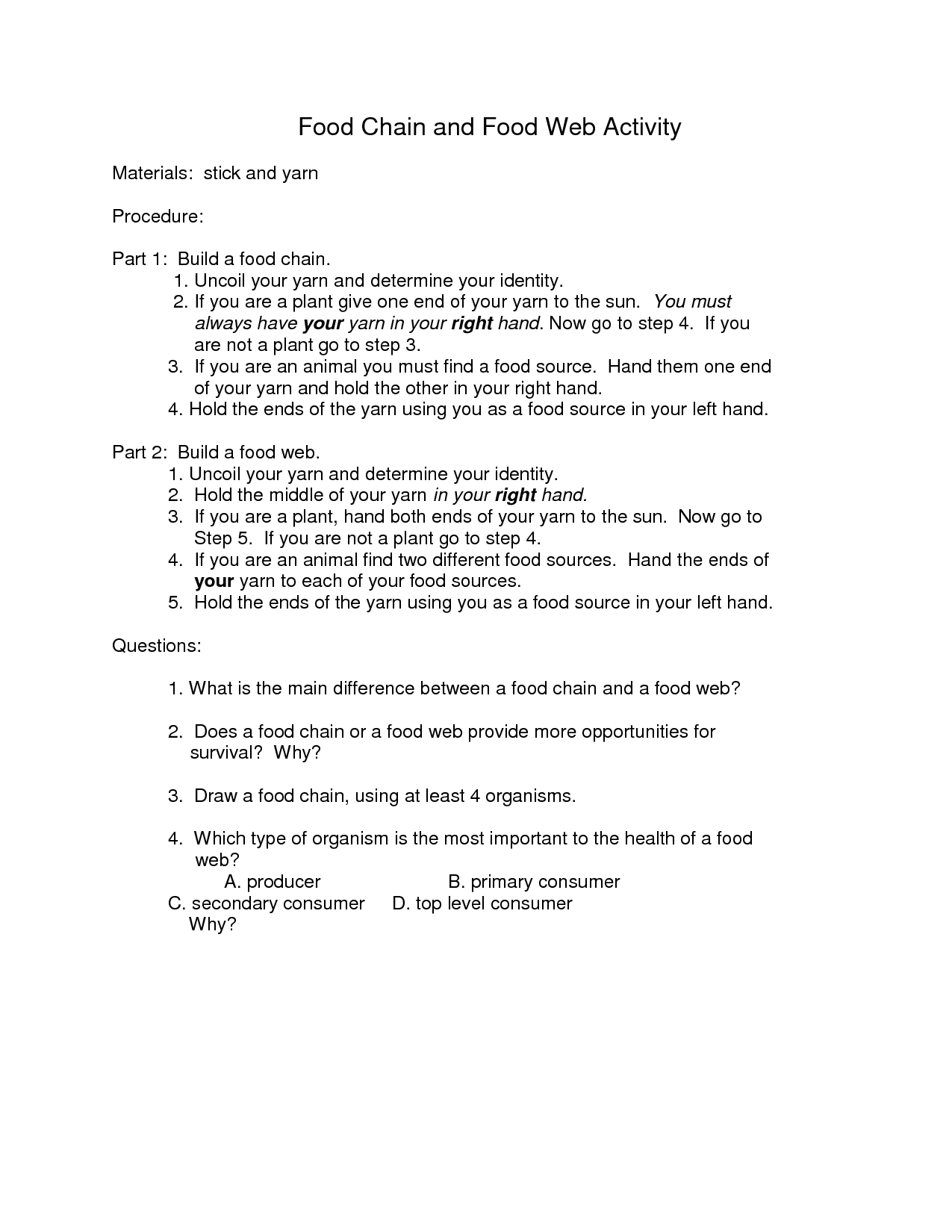
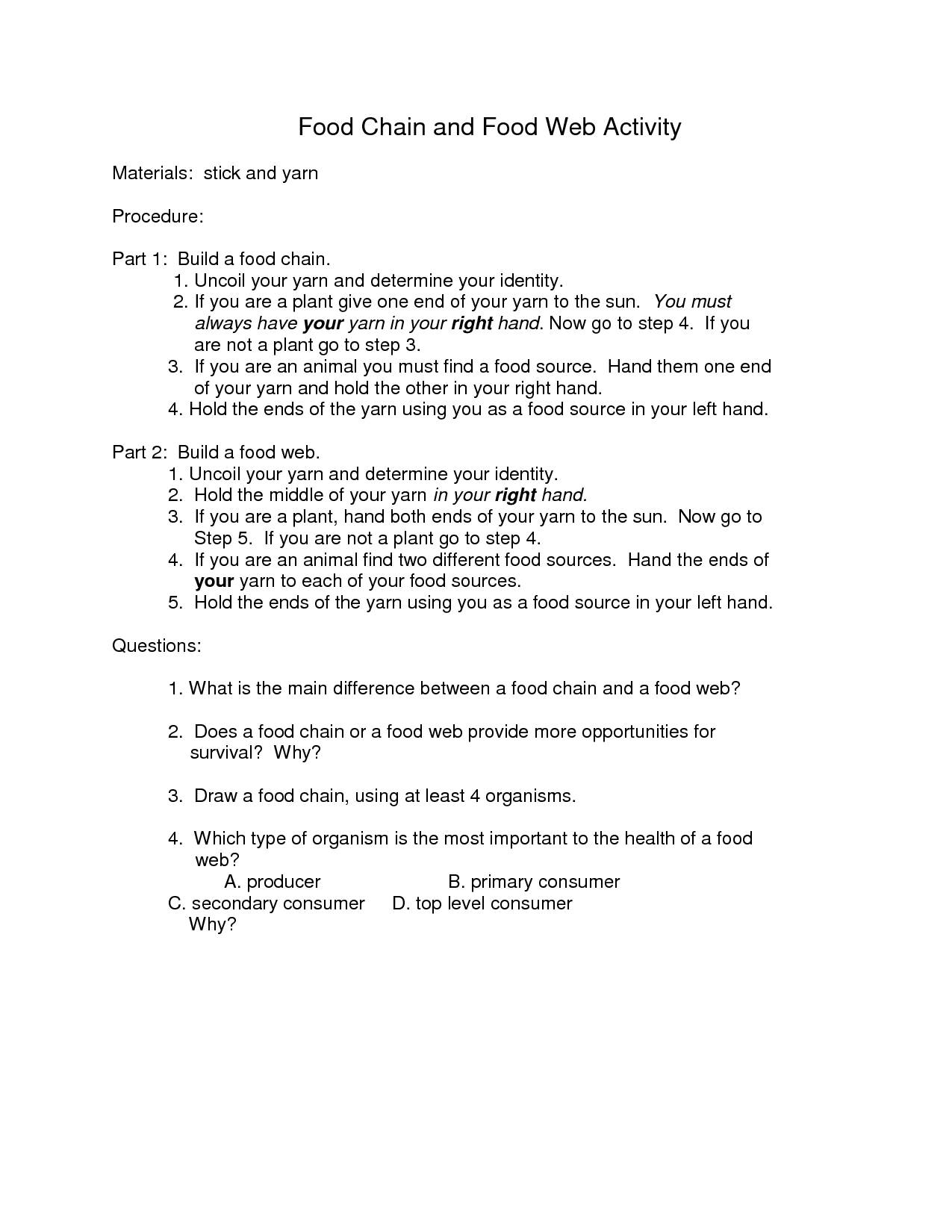
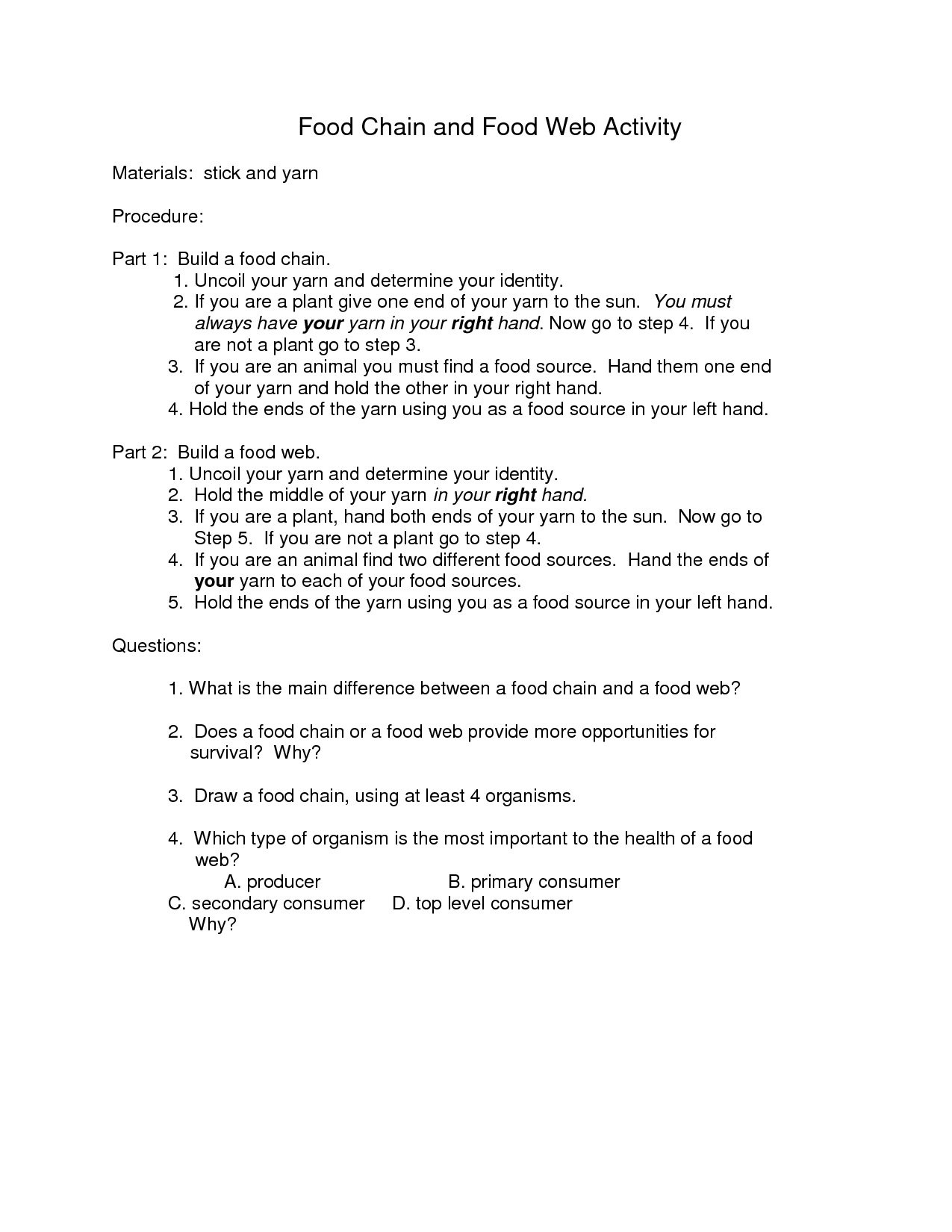
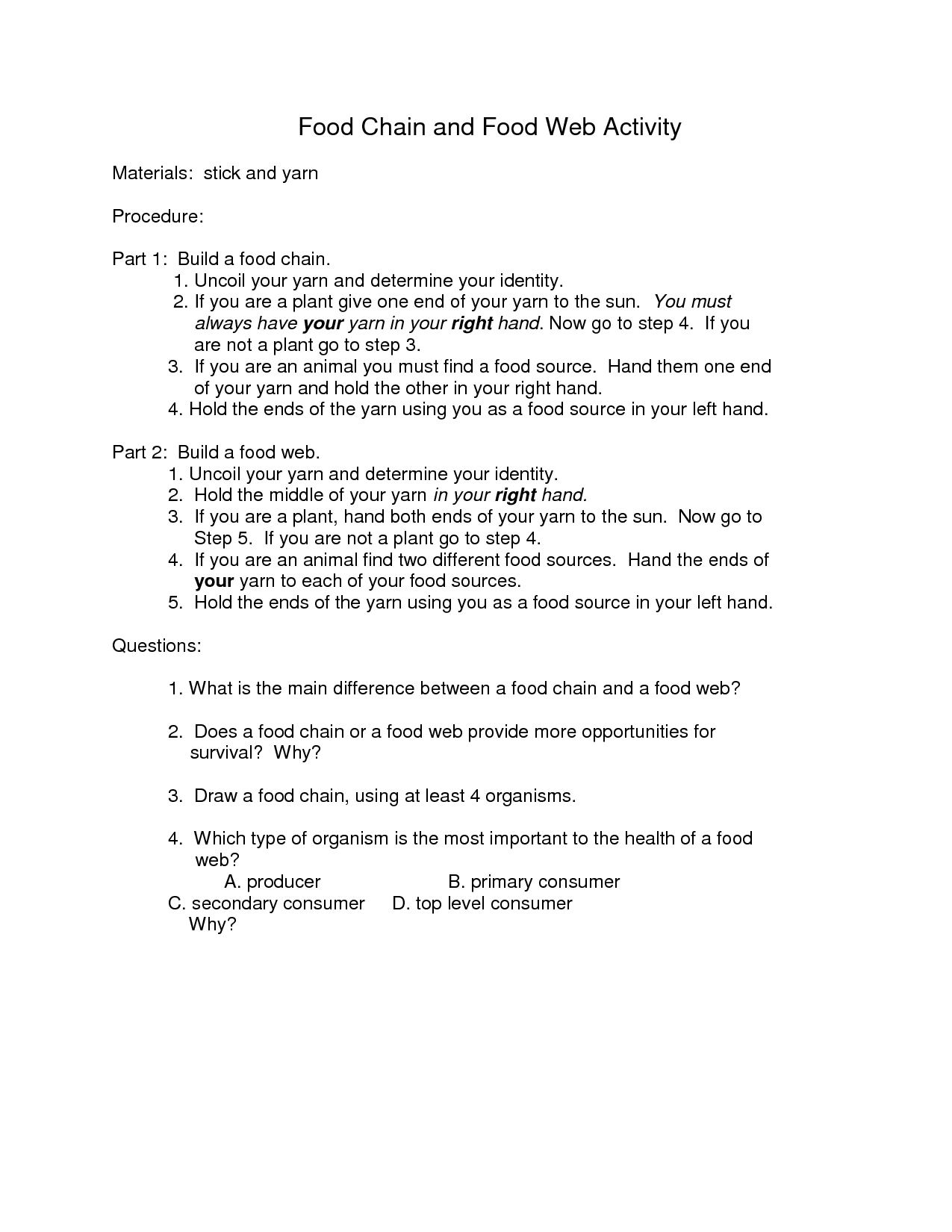














Comments